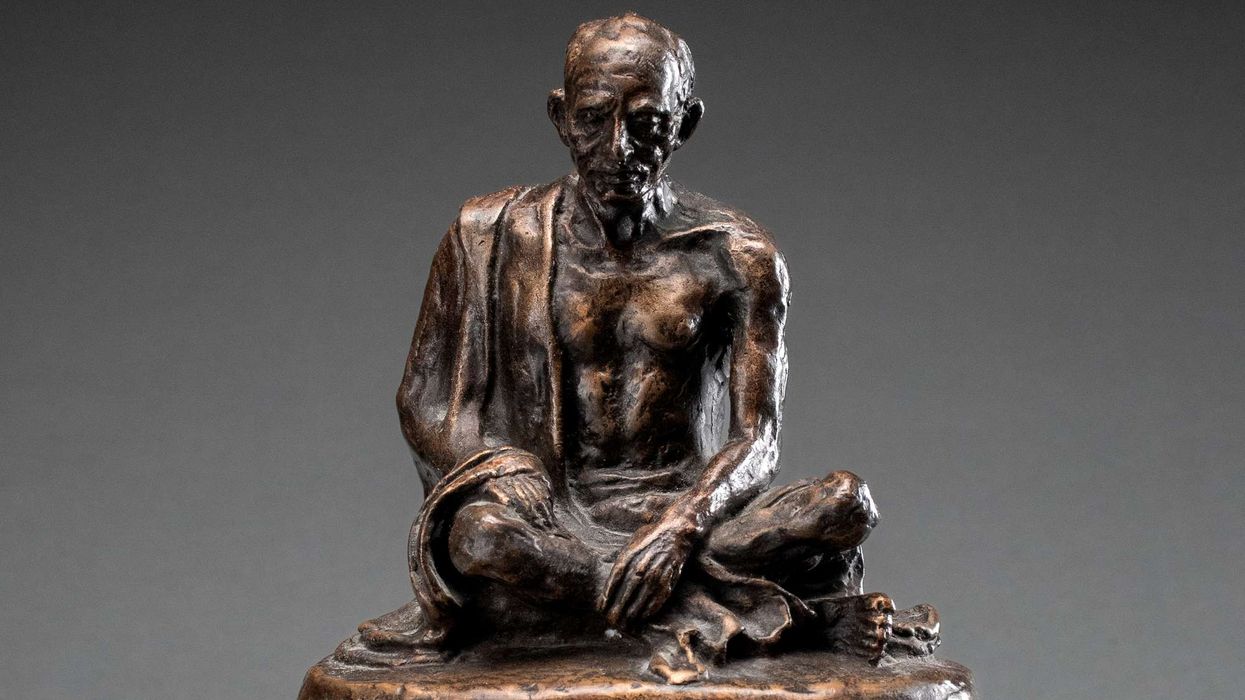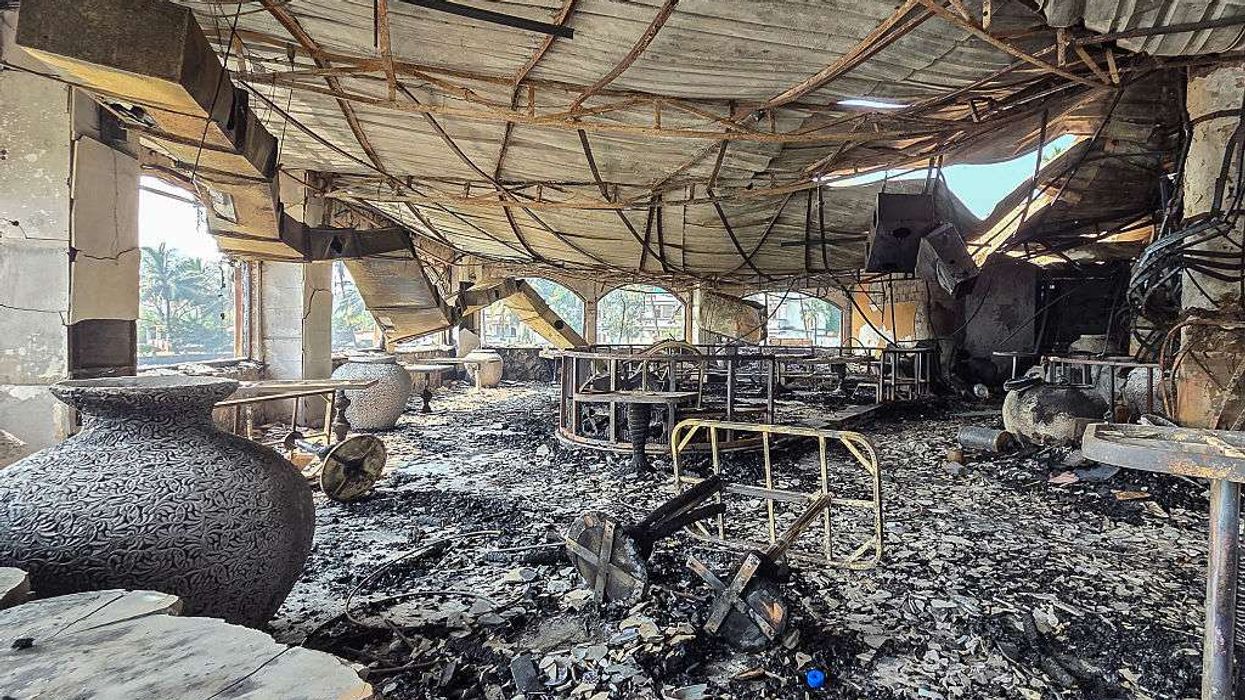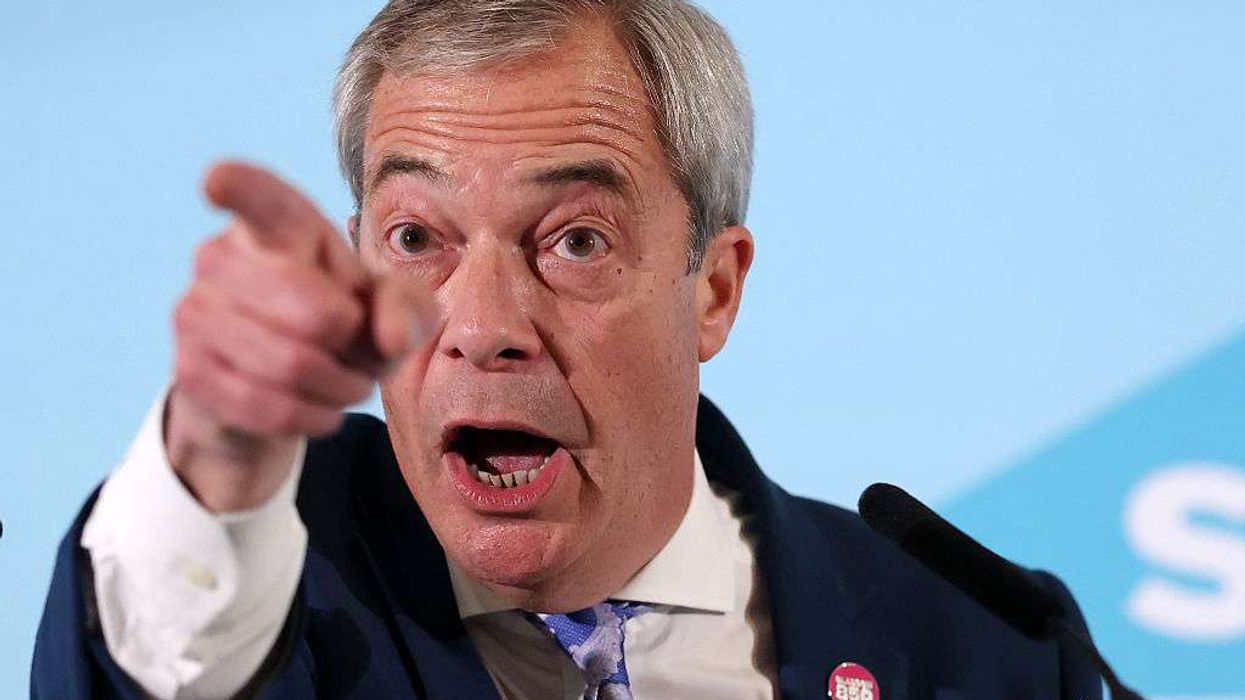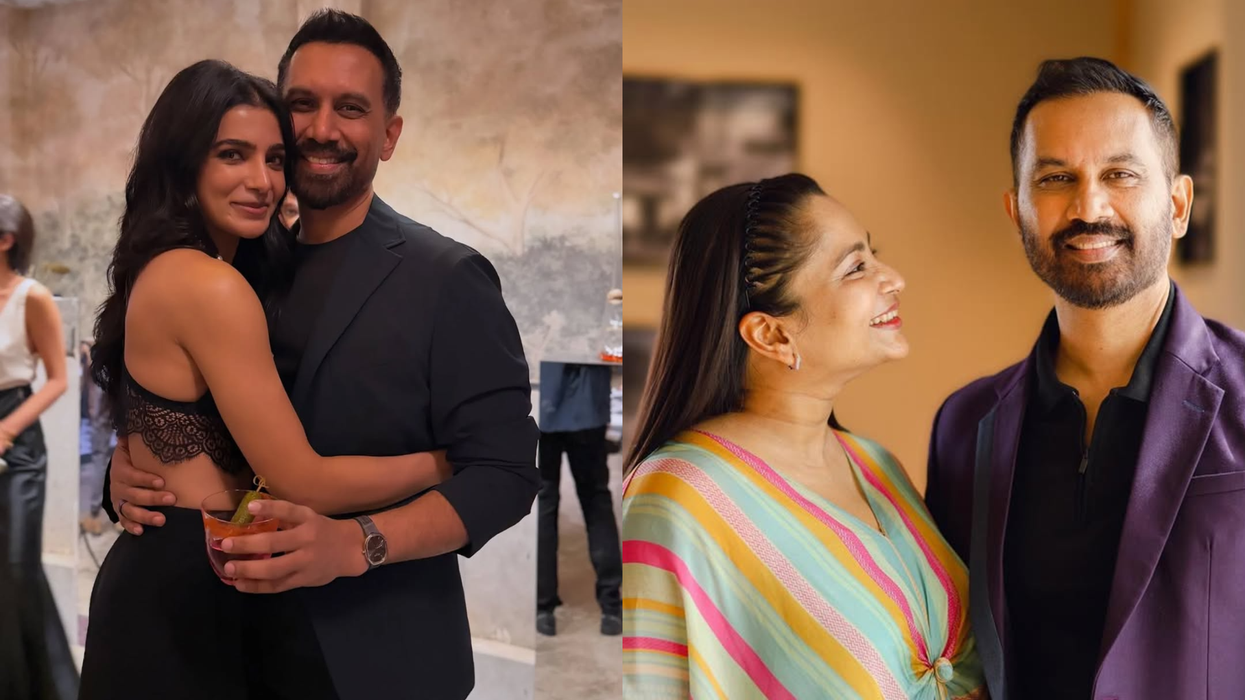Cristiano Ronaldo may not be the most popular footballer in South Korea at the moment but he has an ardent fan in India cricket captain Virat Kohli, who changes his club allegiance every time the Portuguese forward is transferred.
Lionel Messi and Ronaldo have dominated the global football landscape for a decade, each winning the Ballon d'Or five times before Croatia international midfielder Luka Modric broke their stranglehold by claiming the coveted award last year.
Kohli is arguably the best batsman of his generation across formats and became the first to win the International Cricket Council's cricketer, test and one-day international player of the year awards together for a phenomenal 2018.
The 30-year-old rates former Real Madrid and Manchester United Ronaldo as the best he has seen.
"For me, Cristiano is above everyone else. His commitment and work ethic is unmatched. He wants it that bad – you can see it every game," Kohli told the FIFA website (www.fifa.com).
"In my opinion he has taken on more challenges and succeeded at all of them. He's the most complete player I have seen and his work ethic, as I mentioned, is unmatched.
"He inspires people. I don't think many people do that. He's also a leader and I love that. Absolutely love it. He has amazing belief too."
The Portuguese player with a huge fan following across the globe has, however, riled up his fans in South Korea who are exploring legal action to seek compensation after Ronaldo failed to play in a friendly during Juventus' pre-season tour in Seoul last week.
Kohli, a co-owner of an Indian Super League soccer franchise, enjoys cult status in cricket-crazy India and boasts 107 million followers across Instagram, Facebook and Twitter.
"I like watching Portugal play now because they are maximising their resources along with having a legend in their team," Kohli added.
"They play with passion and belief, so I like watching them. Otherwise, in terms of pure ability and impact, France are very, very strong.
"I support Juventus now because of Cristiano. Simple. I support every club at which he plays. He inspires me."
French forward Kylian Mbappe, 20, is Kohli's choice to rule the football world after Ronaldo and Messi.
"His sprint in the 2018 World Cup against Argentina is hard to forget," Kohli said. "He's a beast and he will definitely be at the top of the pile for me. Absolutely top-class player."





 Marlon Wayans and Skye P. Marshall unveil full 2026 Golden Globes shortlist Getty Images
Marlon Wayans and Skye P. Marshall unveil full 2026 Golden Globes shortlist Getty Images  Best Podcast Category Instagram Story Screengrab/
Best Podcast Category Instagram Story Screengrab/





